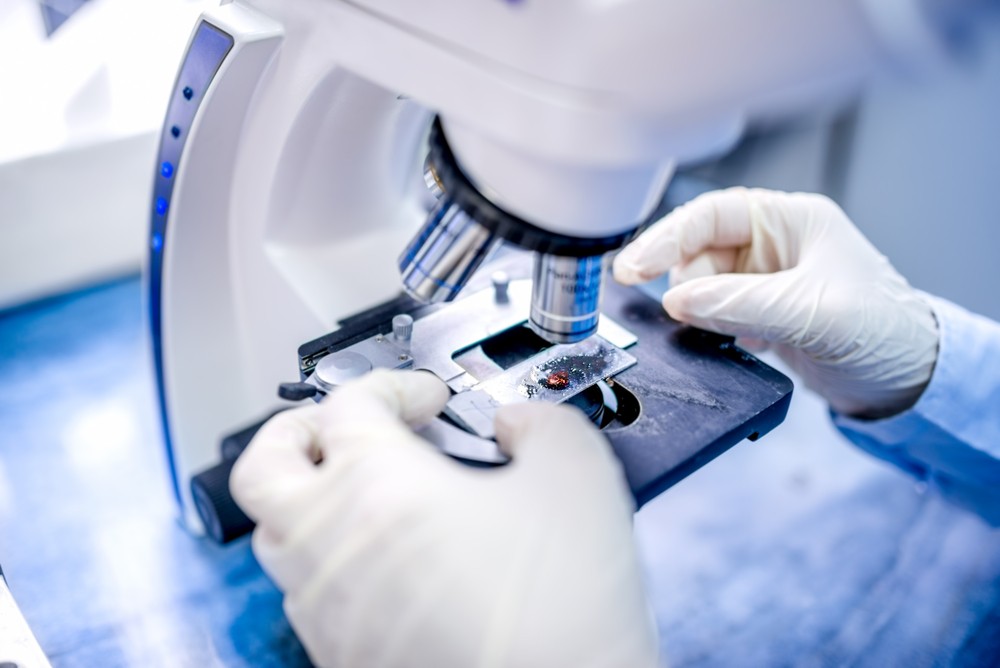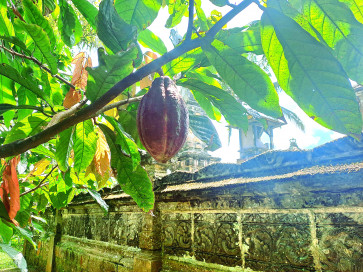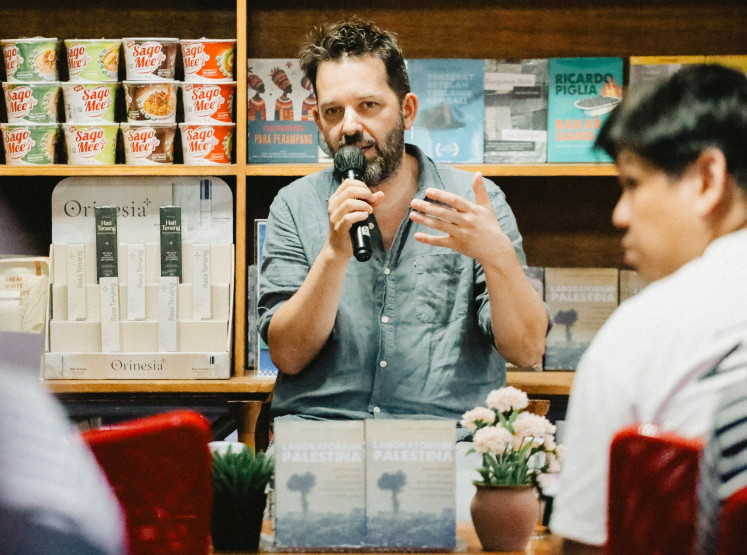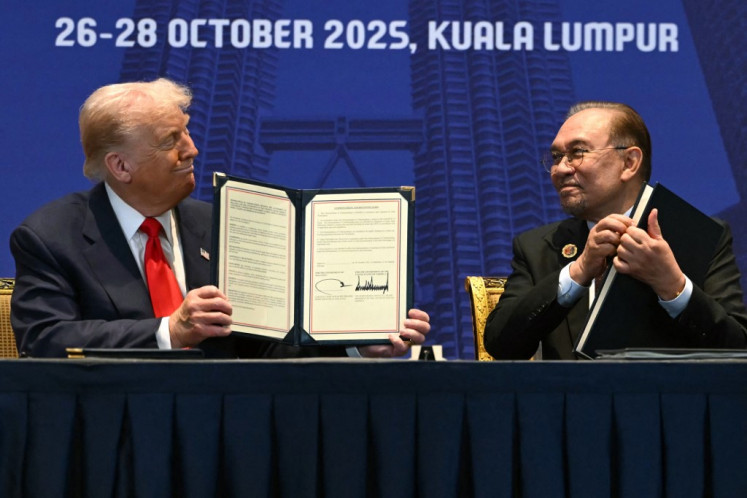Popular Reads
Top Results
Can't find what you're looking for?
View all search resultsPopular Reads
Top Results
Can't find what you're looking for?
View all search resultsLIPI researcher looks to curcumin, gold to treat cancer
Yuliati Herbani, a researcher at the Indonesian Institute of Sciences’ (LIPI) Physics Research Center, is in the process of optimizing the conjugation of curcumin contained in turmeric onto gold nanoparticles. The research may lead to an alternative therapy to treat cancer.
Change text size
Gift Premium Articles
to Anyone
Y
uliati Herbani, a researcher at the Indonesian Institute of Sciences’ (LIPI) Physics Research Center, is in the process of optimizing the conjugation of curcumin contained in turmeric onto gold nanoparticles. The research may lead to an alternative therapy to treat cancer, as reported by Kompas.
The curcumin would attach to the gold surface with the help of cyclodextrin. The research project is expected to require approximately two years.
Titled "Synthesis of Curcumin-Gold Nanoparticles with Femtosecon Laser Ablation Technique and Cytotoxic Bioactivity Studies on Cancer Cells", Yuliati's research earned her a L'Oreal-UNESCO For Women in Science National Fellowship Awards in 2017 in the engineering science category.
"The goal is to make more efficient anticancer drugs with the PDT therapy, or photodynamic therapy. Gold nanoparticles have long been used for PDT," Yuliati said during a Women's Day event in Jakarta recently, as quoted by Kompas.
The shape of the gold nanoparticles selected is a hollow cube, which is chosen because it is considered more effective to treat cancer than a solid sphere.
Read also: EDITORIAL: Academic freedom at risk
To combine curcumin with gold nanoparticles, the LIPI researcher used the laser ablation technique. The surface of a pure gold plate is inserted into the solution of curcumin and cyclodextrin, then hit with laser rays. The gold plates would break and become gold nanoparticles, which would then mix with the curcumin and cyclodextrin in the solution.
"The solution would turn to an exclusively red color from the gold nanoparticles. The yellow tinge from the curcumin would disappear," Yuliati said. The scientist unites the curcumin contained in turmeric with gold nanoparticles to get a double effect in treating cancer.
The gold nanoparticles fired into the body would release heat to kill cancer cells, while the curcumin works to kill cancer cells on a wider network. With the presence of gold nanoparticles, curcumin's challenge in the process, that it is not soluble in water, would be overcome.
Curcumin, Yuliati said, was proven to have many benefits, such as antiallergy as well as anti-inflammatory and anticancer properties. Numerous steps are needed to extract curcumin from turmeric, since it is only 20 percent of the content of the plant.
Yuliati said cancer therapy with curcumin was still limited to cervical cancer, since the blast fired could only reach the cancer target close to the outer skin tissue.
"This method doesn't hurt as much as chemotherapy. The curcumin and gold used are not in large quantities, so it could also save cost," Yuliati said. (liz/wng)











